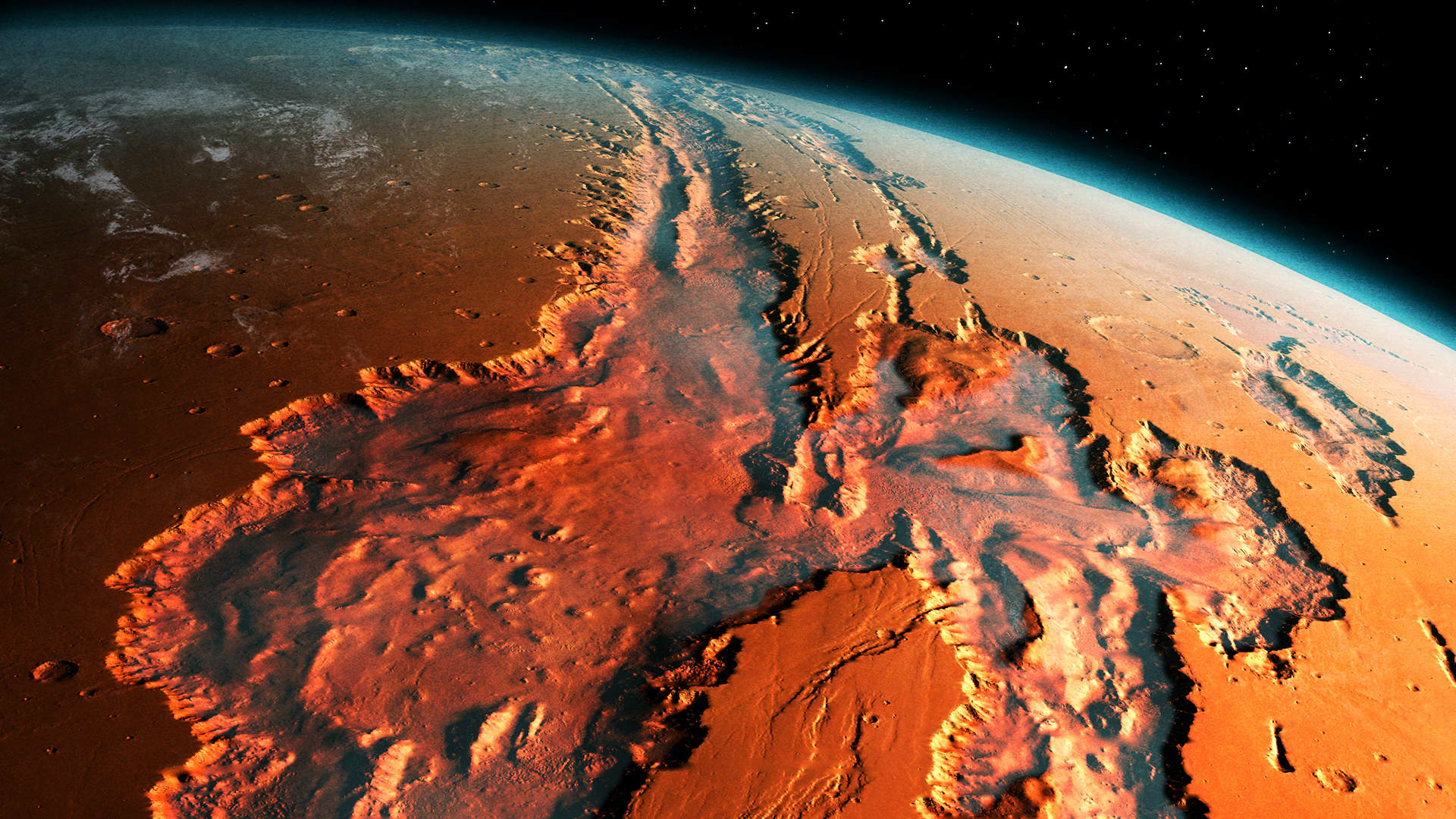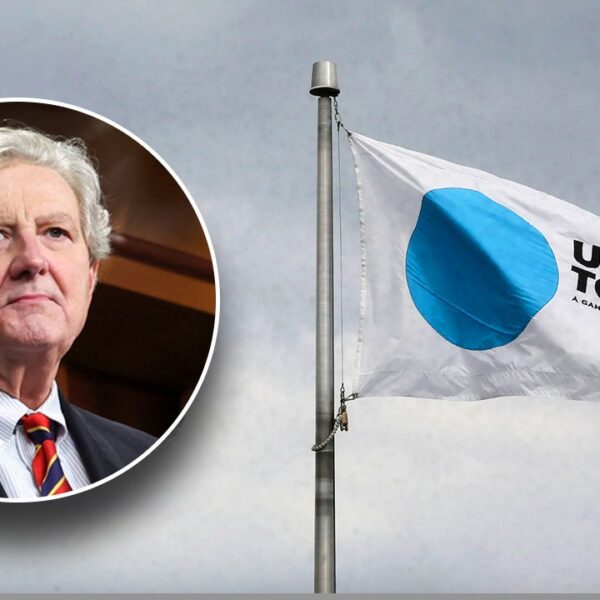Two Japanese companies have teamed up to achieve one big goal: producing hydrogen on the moon.
Takasago Thermal Engineering has designed a mini electrolyzer that can adapt to low gravity and endure a rocket’s intense vibrations during liftoff. Once in space, the hydrogen-making machine will be operated remotely from ispace’s Mission Control Center in Tokyo.
“We started to study hydrogen almost 20 years ago. Now, we are developing a large-scale electrolyzer. What we do in space would give us definite technology and skills to… differentiate from the competitors,” said Hiroyuki Muraoka, Takasago Thermal Engineering’s executive officer, in an interview with “CNBC Tech: The Edge.”
For the mission scheduled to launch by the end of 2024, Takasago is bringing a small amount of Earth water for the electrolysis. If the experiment goes as planned, the company will scale up and eventually make hydrogen from lunar water on upcoming missions.
“The most difficult point is adaptation for the low gravity. On the moon, gravity is one-sixth compared to that of Earth,” said Atsushi Kato, manager for Takasago Thermal Engineering.
“This is an experimental mission. Once we’ve obtained the data, then we start thinking not only by ourselves, with companies who have interest in doing business with us,” Muraoka said.
The electrolyzer will be travelling in ispace’s lander, an improved version of the company’s first model which took off in 2022 but failed to land on the moon. The lander will also carry a rover, which will explore the lunar surface and collect data, and it will supply solar-generated power to the electrolyzer.
“We just completed all final system and environmental tests. All payloads are also ready for rolling. We carefully selected our landing site to avoid a similar issue in Mission 2. And of course, we also improved our software too,” ispace’s chief technology officer Ryo Ujiie told CNBC’s “The Edge.”
If the mission proves successful, it could lay the groundwork for using hydrogen as a propellant for spacecraft, as well as broaden opportunities for space exploration.
“If we make a moon gas station, we can live far away like on Mars and so on,” Ujiie said.
Mission 2 is due to launch in a SpaceX rocket in the fourth quarter of 2024. Ispace aims to increase its frequency of lunar landings and is already looking into Mission 3.
Watch the video above for an up-close look at the mini electrolyzer that will be landing on the moon later this year.















